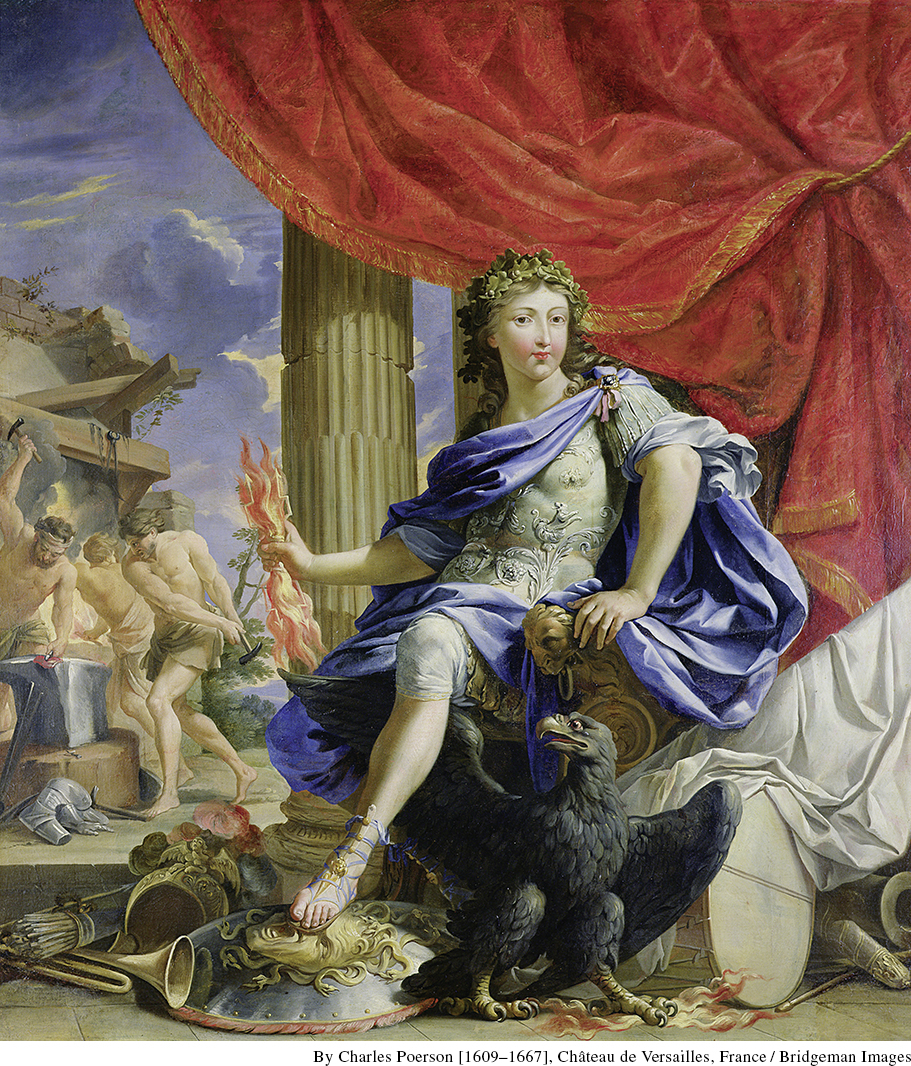The Fronde, 1648–1653
Printed Page 506
Important EventsThe Fronde, 1648–1653
Louis XIV’s absolutism built on a long French tradition of increasing centralization of state authority, but before he could establish his preeminence he had to weather a series of revolts known as the Fronde. Louis was only five when he came to the throne in 1643 upon the death of his father, Louis XIII, who with his chief minister, Cardinal Richelieu, had steered France through increasing involvement in the Thirty Years’ War, rapidly climbing taxes, and innumerable tax revolts. Louis XIV’s mother, Anne of Austria, and her Italian-born adviser and rumored lover, Cardinal Mazarin (1602–1661), ruled in the young monarch’s name.

To meet the financial pressure of fighting the Thirty Years’ War, Mazarin sold new offices, raised taxes, and forced creditors to extend loans to the government. In 1648, a coalition of his opponents presented him with a charter of demands that, if granted, would have given the parlements (high courts) a form of constitutional power with the right to approve new taxes. Mazarin responded by arresting the leaders of the parlements. He soon faced a series of revolts.
Fearing for the young king’s safety, his mother took Louis and fled Paris. With civil war threatening, Mazarin and Anne agreed to compromise with the parlements. The nobles saw an opportunity to reassert their claims to power against the weakened monarchy and demanded greater local control. Leading noblewomen often played key roles in the opposition to Mazarin, carrying messages and forging alliances, especially when male family members were in prison. While the nobles sought to regain power and local influence, the middle and lower classes chafed at the repeated tax increases. Conflicts erupted throughout the kingdom as nobles, parlements, and city councils all raised their own armies to fight either the crown or one another. The urban poor, such as those in the southwestern city of Bordeaux, sometimes revolted as well.
Mazarin and Anne eventually got the upper hand because their opponents failed to maintain unity in fighting the king’s forces. But Louis XIV never forgot the humiliation and uncertainty that marred his childhood. His own policies as ruler would be designed to prevent the recurrence of any such revolts. Yet, for all his success, peasants would revolt against the introduction of new taxes on at least five more occasions in the 1660s and 1670s, requiring tens of thousands of soldiers to reestablish order.